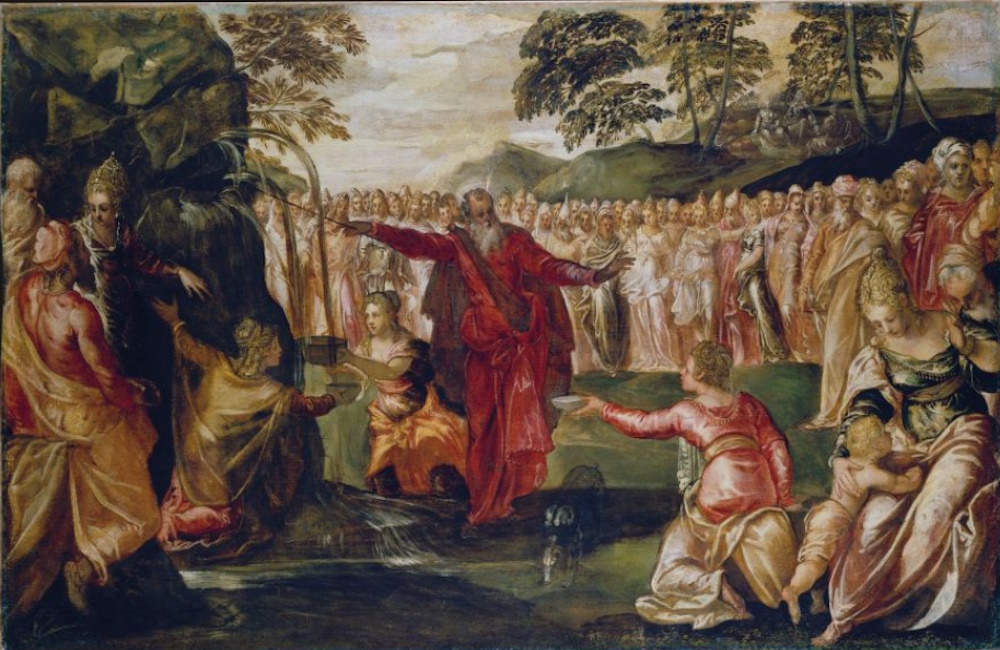Introduction to the Story
Abu Huraira related an intriguing and humorous story involving the Prophet Musa (Moses). The tale centers around Musa’s modesty and an unexpected miracle that occurred during his bath.
The Tale Unfolds
According to the Hadith narrated by Abu Huraira, the Prophet Musa (Moses) was known for his great modesty and always bathed in complete privacy, away from the eyes of others. Unlike Musa, it was common for others to bathe naked in public, which meant that people were often exposed to each other’s private parts. This practice led to the spread of gossip among the people of Israel. Some began to speculate that Musa’s reluctance to bathe publicly might indicate a physical defect, such as leprosy or a scrotal hernia.
The Miracle and the Chase
One day, Musa went to bathe in a secluded area, as was his custom. He placed his clothes on a stone nearby and stepped into the water. Suddenly, the stone miraculously came to life and began running away with Musa’s clothes! Shocked and desperate to retrieve his garments, Musa jumped out of the water and ran after the stone, shouting, “O stone, my clothes! O stone, my clothes!”
This unexpected turn of events led to a rather humorous scene, with the great prophet chasing a running stone through the streets, completely naked. As Musa pursued the stone, the people of Israel saw him and realized that Musa’s body was perfectly healthy and free from any defects. Their suspicions were unfounded, and they were finally convinced of Musa’s innocence and physical perfection.
The Stone’s Punishment
Eventually, the stone stopped running, allowing Musa to retrieve his clothes. After dressing, Musa, perhaps in frustration, struck the stone with his staff, leaving several marks on it. According to the hadith, those marks remained on the stone as a lasting reminder of this extraordinary event.
Conclusion
The story of Prophet Musa and the running stone, as presented in the Hadith, is often perceived as humorous and somewhat absurd. This narrative may be viewed as a mockery due to its fantastical and seemingly trivial elements. For those familiar with the Biblical account of Moses, the Hadith’s depiction of Musa punishing the stone stands in stark contrast to the more serious Biblical narratives.
In the Bible, two key episodes involve Moses and a stone. In Exodus 17:6, God instructs Moses to strike a stone to bring forth water for the Israelites. Later, in Numbers 20:8, God commands Moses to speak to the stone to provide water. However, Moses, in frustration, strikes the stone instead and although water still flowed from the stone, Moses’ disobedience led to a divine punishment: he was barred from entering the Promised Land.
The Hadith’s portrayal of Moses’ interaction with the stone can be seen as a distortion or misunderstanding of these Biblical events. Additionally, the Hadith includes elements that may be interpreted as having sexual connotations, which are inconsistent with the practices and values of the Jewish people. This aspect of the story, combined with its fantastical elements, highlights a significant departure from the reverence associated with Moses in the Biblical tradition.
These differences underscore the broader issue of how religious stories and figures are interpreted and represented across traditions. The contrast between the serious Biblical accounts and the more trivial or mocking portrayal in the Hadith illustrates how interpretations can vary and impact perceptions among followers of different faiths.
